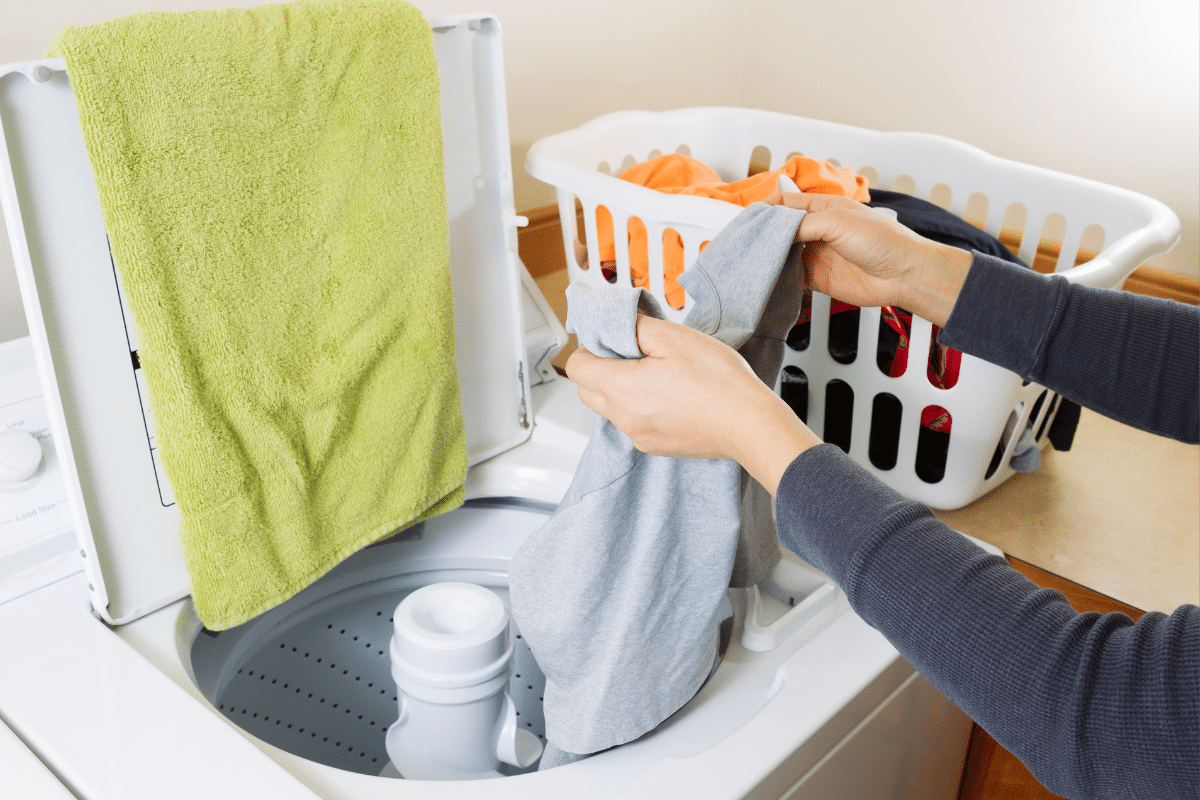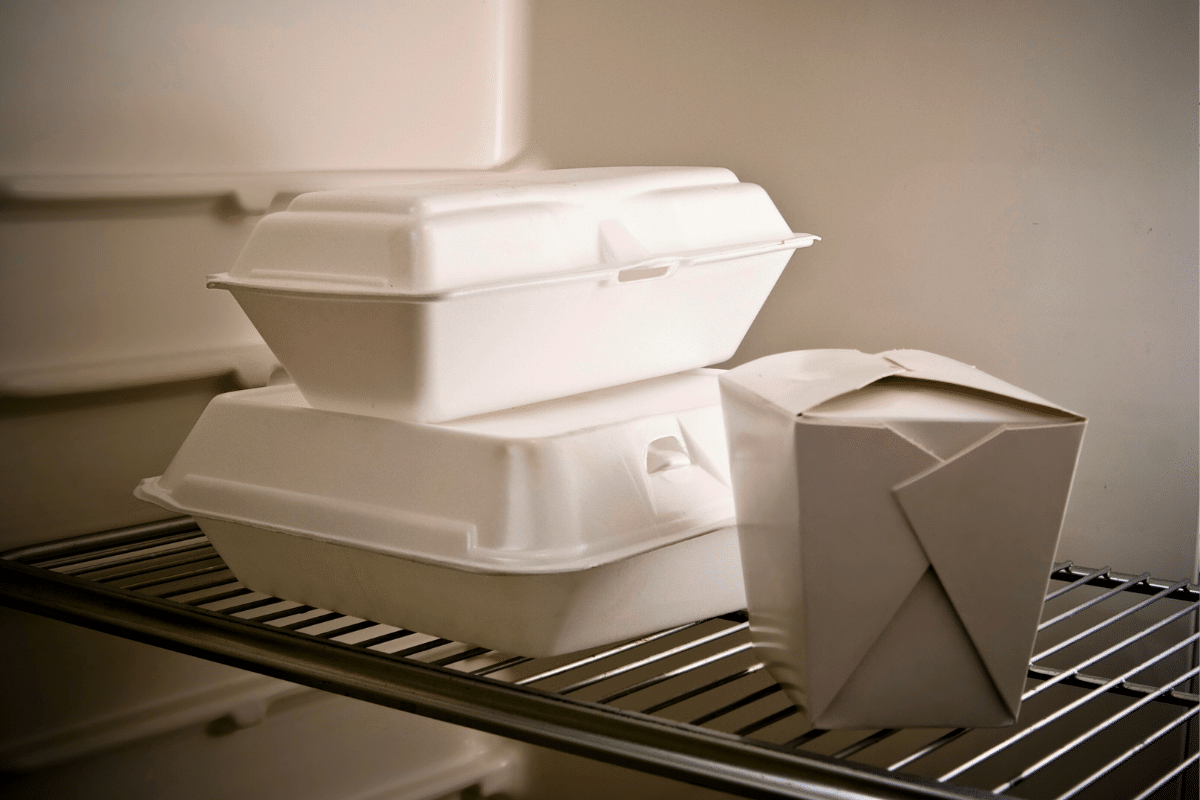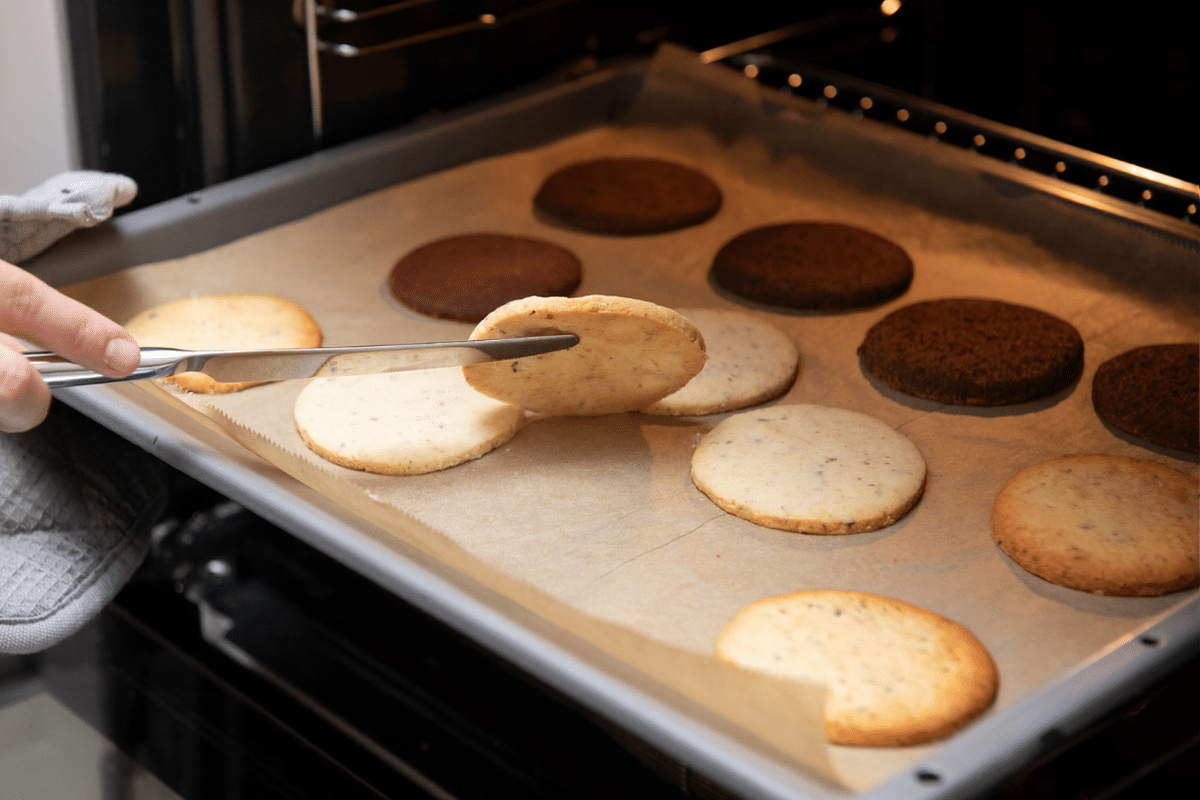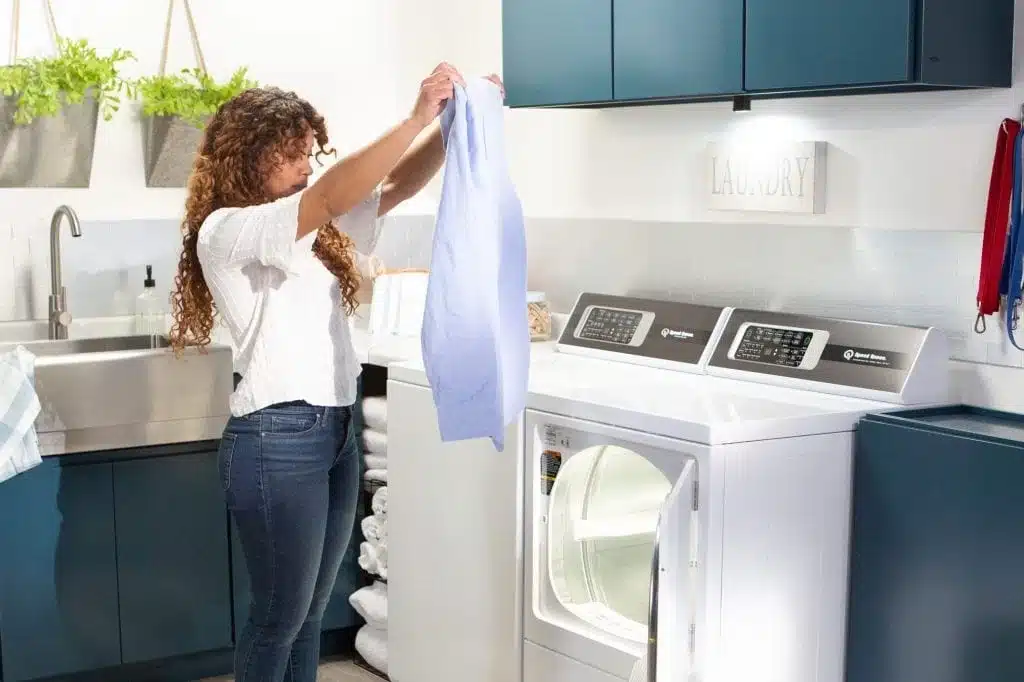If your washer is shaking, banging, or stopping mid-cycle, you’re likely experiencing an unbalanced load. Many homeowners search for solutions on how to fix an unbalanced washer load before calling a repair service. Not only can you address some of these problems yourself, but knowing the signs and common error codes can save you time, money, and prevent costly damage. This guide will help you identify the cause, make quick fixes, and know when it’s time to call in the pros.
What Is an Unbalanced Washer Load?
An unbalanced washer load happens when clothes are unevenly distributed inside the drum. This can occur when:
- Bulky items (like blankets or rugs) clump together
- The washer is overloaded
- The washer is underloaded with only one or two heavy items
While it can be alarming, an unbalanced load is one of the most common washer problems and usually doesn’t mean your machine is broken—at least not yet.
Pro Tip: Repeated unbalanced washer loads can strain your washer’s suspension and bearings over time. Fixing the cause early can save you from expensive repairs.
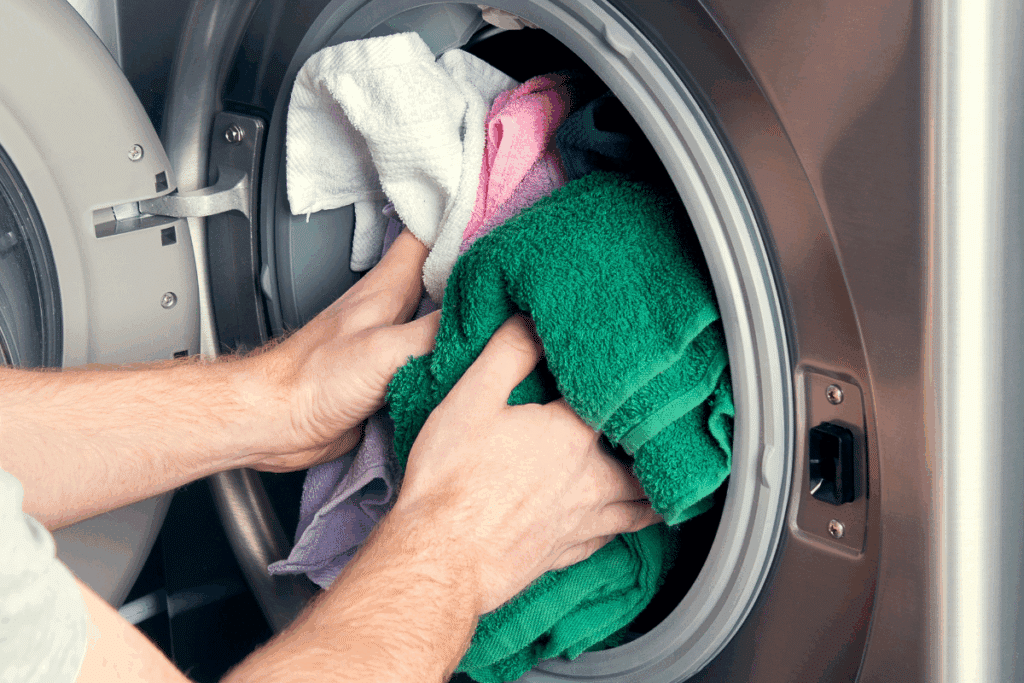
Signs Your Washer Is Off Balance
Recognizing the symptoms early can help you fix the problem before it leads to major damage. If you know what to listen and look for, you can prevent costly repairs and extend the life of your washer.
Watch for these telltale signs:
- Loud banging or shaking during the spin cycle
- Error messages on the display
- Washer stops before completing the spin cycle
- The machine “walks” or vibrates excessively
Step-by-Step Fix for an Unbalanced Washing Machine Load
When your washer goes off balance, quick action can prevent further issues. These simple steps can help you restore balance and get your laundry cycle back on track.
- Pause the cycle (most modern washers have a pause button)
- Open the lid or door and redistribute clothes evenly around the drum
- Remove or add items so weight is more balanced
- Restart the cycle and listen for smoother operation
- If the issue persists, check if your washer is level—adjust the feet if needed
💡 Bonus Tip: Wash heavy items (blankets, towels, rugs) in pairs to keep the load balanced.
Common Unbalanced Load Error Codes by Brand
Knowing the specific error codes for your washer brand can save time when diagnosing the problem. Use this chart to identify whether the issue is related to load imbalance or another spin cycle error.
| Brand | Error Code(s) | Description |
|---|---|---|
| Electrolux | E4, FO AL, EF5 | Load imbalance or spin cycle error |
| Miele | F56, UE | Unbalanced load detected |
| Frigidaire | E4 | Off-balance load or lid lock error |
| Bosch | E32, E20, UE | Drain/spin errors, possible unbalanced load |
| Asko | UB or UE | Drum imbalance or control issue |
| Maytag | UL, OFB, F0E5 | Washer is not evenly loaded |
| Whirlpool | UL, SUD, F0E5 | Unbalanced load, oversudsing |
| GE | UE, UB | Uneven load detected |
| Speed Queen | Er ub, Er U6 | Door lock or unbalanced load |
| Samsung | UB, UE | Unbalanced or undetectable load |
| LG | UE or uE | Unbalanced load |
📌 Note: Codes can vary by model—check your user manual or contact a professional if the issue persists.
Should I Call a Professional for an Unbalanced Load?
Sometimes an unbalanced load is just the start of a bigger issue. If these symptoms keep returning or your washer behaves unusually, a professional diagnosis can prevent further damage.
You should book service if:
- The issue happens repeatedly despite correcting the load
- The washer makes loud noises even when balanced
- The drum feels loose or unstable
- The washer stops mid-cycle with no error code
If you live in the area, our Burnaby washer repair experts can quickly diagnose and fix the problem so you can get back to clean laundry without the stress.
How to Prevent Washer Imbalance
Prevention is the best cure when it comes to washer imbalance. By following a few simple loading habits and maintenance checks, you can reduce the risk of future problems.
- Load by fabric type and size: Mix small and large items to distribute weight
- Avoid overloading: Leave at least one hand’s width between laundry and the drum top
- Level your machine: A stable washer reduces vibration and noise
- Use mesh bags for small items: Keeps socks, lingerie, and delicates from tangling and shifting


























